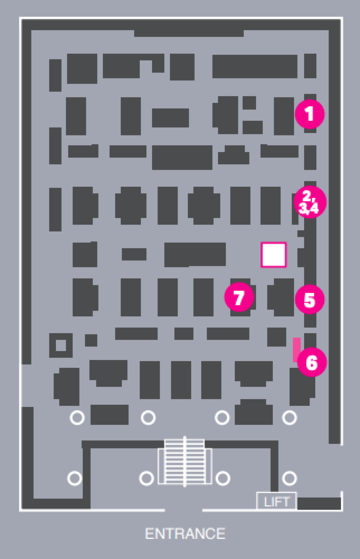Presence and Absence
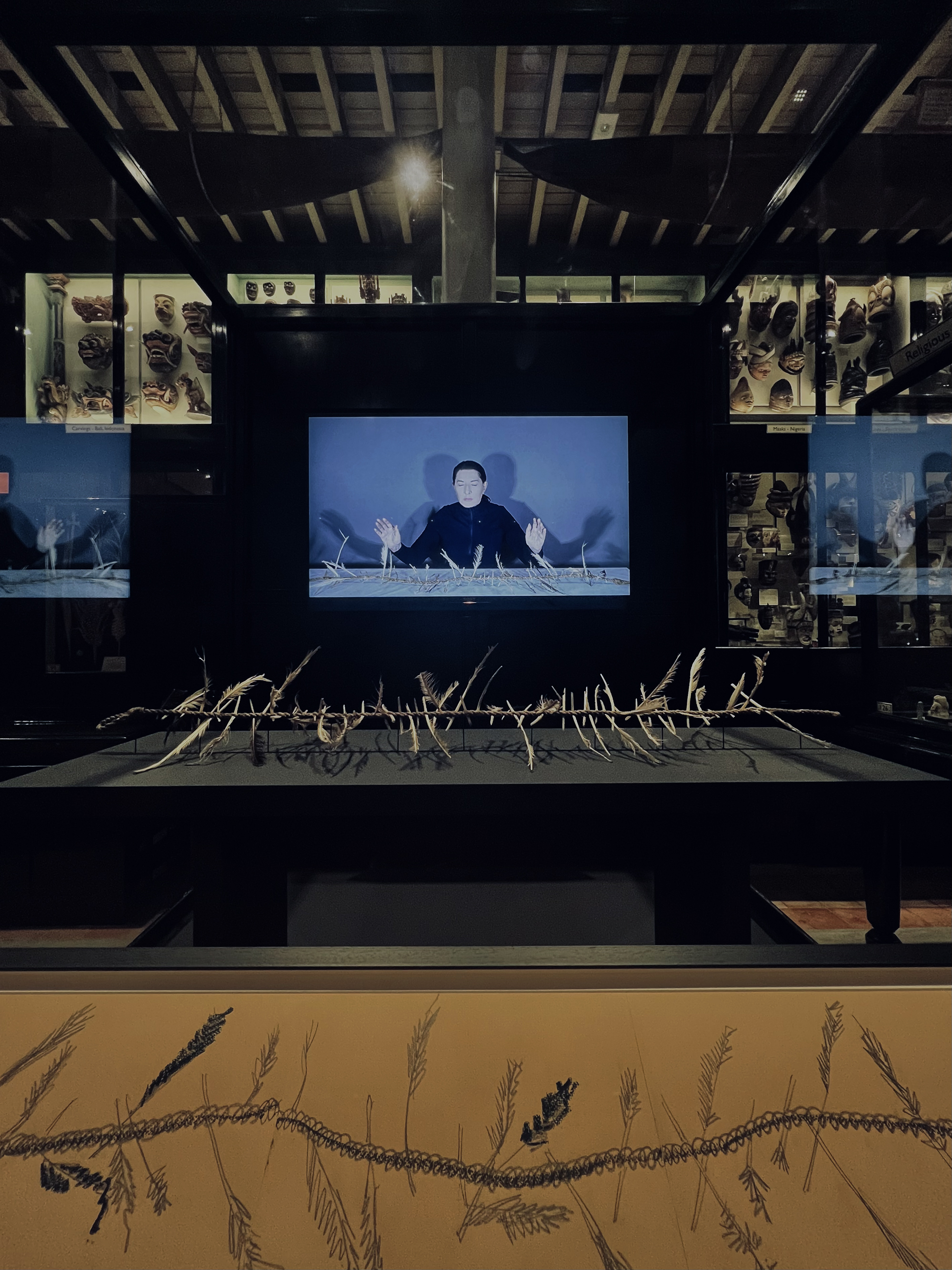
Marina Abramović in the Pitt Rivers Museum
In the summer of 2021, the pioneering performance artist Marina Abramović undertook a research residency at the Pitt Rivers Museum in preparation for an exhibition at Modern Art Oxford. That residency inspired elements of her ‘Gates and Portals’ exhibition at Modern Art Oxford and an installation at the Pitt Rivers Museum, which features new video work and drawings by the artist.
For Abramović, the residency was a kind of homecoming, as she had previously developed seminal video works for an exhibition at Modern Art Oxford in partnership with the Pitt Rivers in 1995. Her now famous work, ‘Cleaning the Mirror’, was exhibited at the Pitt Rivers at that time.
On her return to Oxford in 2021, Abramović spent a month conducting research in the Pitt Rivers, reading, drawing and filming with the objects she had selected from the museum’s global collections. She particularly focused on items associated with magic, rites of passage, sites of transition and transformative states of consciousness. When making her choices from among the tens of thousands of objects on display, Abramović stated that she was drawn to certain things by the powerful energies they emit, since she believes that “like human beings, animals and trees”, they each have their own aura. Walking among the Pitt Rivers’ densely packed displays of material from all over the world, Abramović said that she “did not choose the objects. They chose me”.
The Pitt Rivers Museum is filled with tens of thousands of treasures reflecting the diversity and richness of cultures from all over the world. My research there could be never ending.
Marina Abramović
When encountering the famously full Pitt Rivers, Abramović said that she experienced it as an enormous force field, replete with the energies of objects and their former owners and users. In reanimating those energies, her work in the museum gives presence to absences. It also allows us to see the museum differently, through the eyes of one of the leading figures of the international contemporary art world.
A site specific installation in the heart of the Museum on display until 30 June 2023 featured Marina Abramović’s drawings and video work 'The Witch Ladder'.
More information about the museum object included in the installation
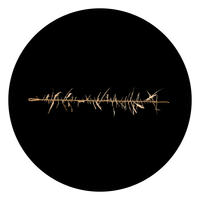
Witch’s Ladder
England
PRM 1911.32.7
When a rope covered in feathers was found in a Somerset attic in the late nineteenth century, the idea that it might be associated with witchcraft began to circulate. Objects of this sort had captured the imagination of the Victorian folklore community. They were also of interest to Edward Burnett Tylor, the first Professor of Anthropology at the University of Oxford and the Director of the Pitt Rivers Museum, who acquired this ‘witch’s ladder’ for his personal collection.
An 1887 article in the journal Folklore Studies describes how workmen discovered this object while demolishing a dilapidated farmhouse in the English town of Wellington. They quickly ascribed their own interpretation to it, suggesting that the rope had acted as a ladder enabling witches to cross the roof. When Edward Burnett Tylor presented the item to a meeting of the British Association for the Advancement of Science in 1887 he concurred with that view, but two members of the audience were of the opinion that the object was a sewel – a twisted rope used in hunting deer which had nothing to do with witchcraft.
In 1911 the object was donated to the Pitt Rivers Museum by Anna Tylor, Edward Tylor’s wife. It was described in the accession register as a ‘Witch’s Ladder’ and a note accompanying the object stated that the farmhouse where it was found had belonged to an old woman who was said to be a witch. The note claimed that she used it to steal milk from neighbours’ cows. It also referenced the storyline of a recent novel where a feather ladder rope had been coiled up in the roof of a house to cause someone’s death.
At the turn of the twentieth century there was a fascination with items believed to be associated with witchcraft, from knotted garlands placed under beds to cause illness to woven coloured strands thrown into ponds to release entwined curses. Today, in some modern Wicca practices, a witch’s ladder can refer to a string or cord with a series of knots and sometimes with feathers or beads attached to it.
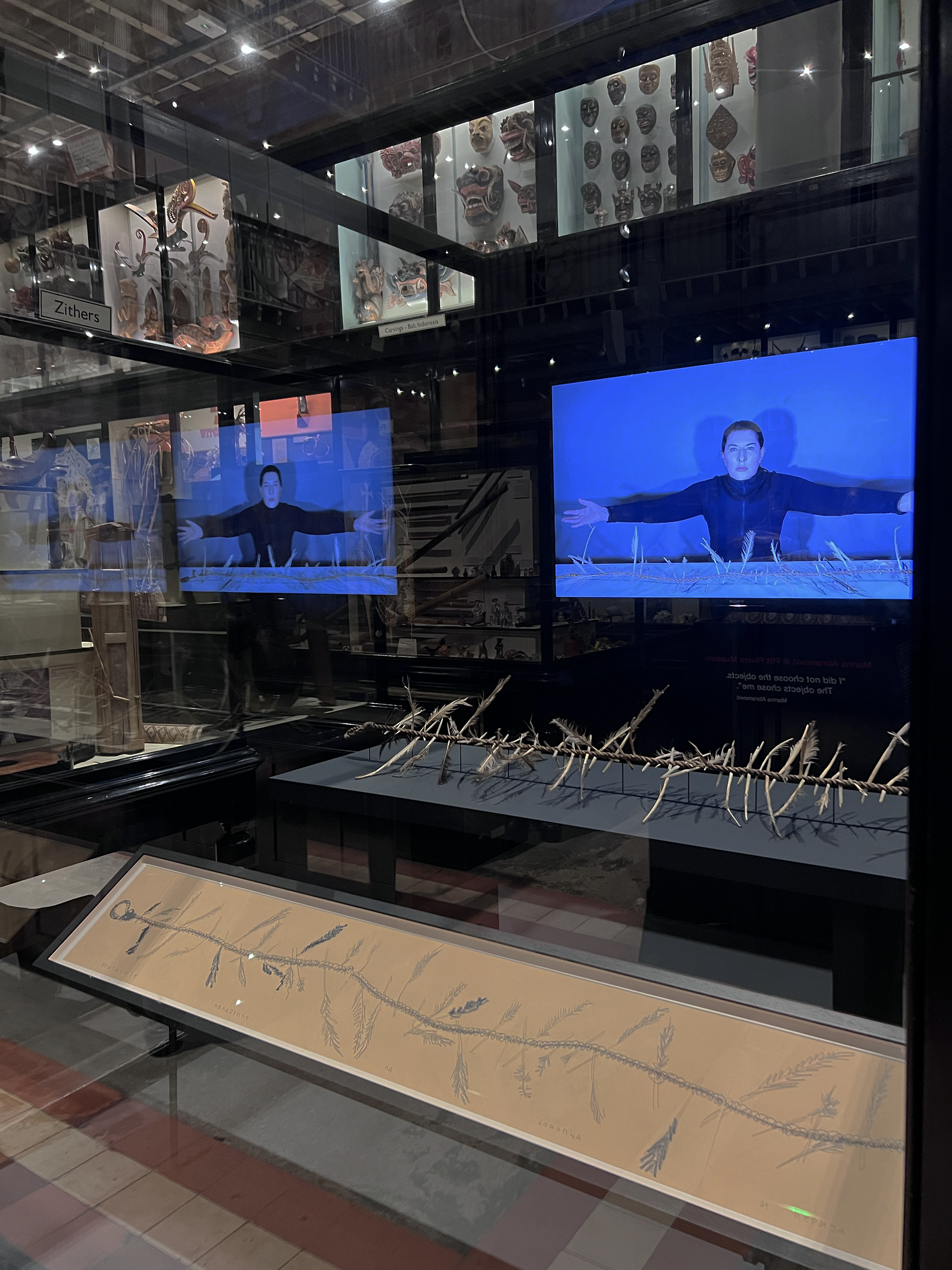
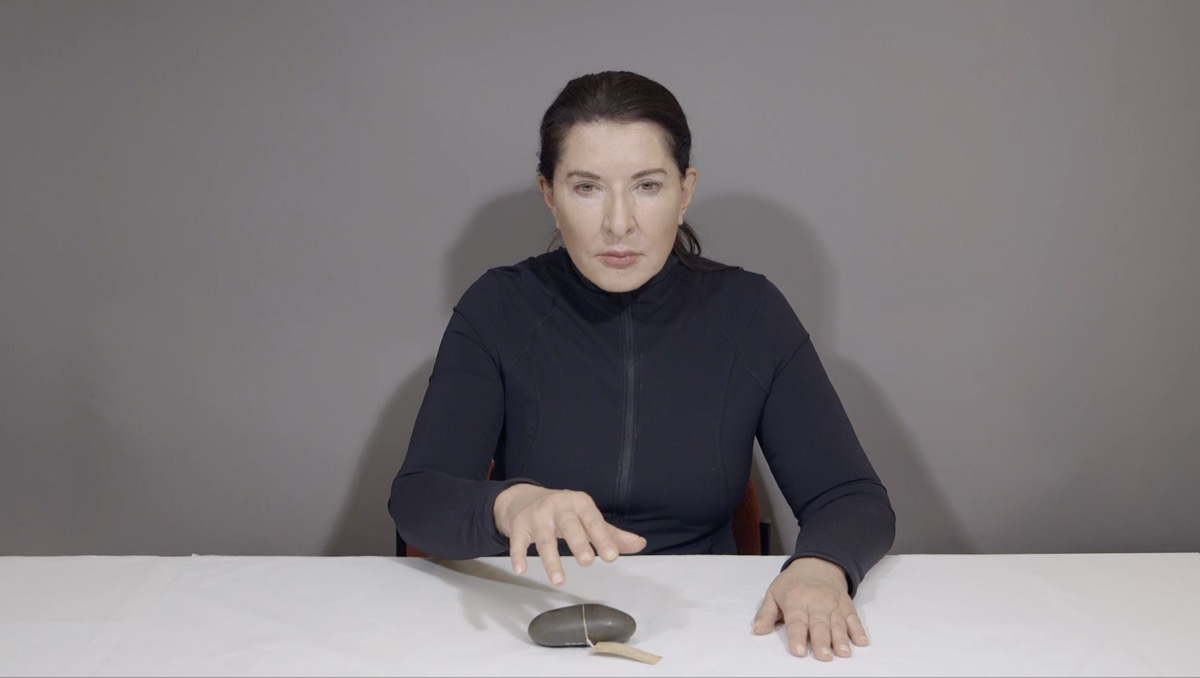
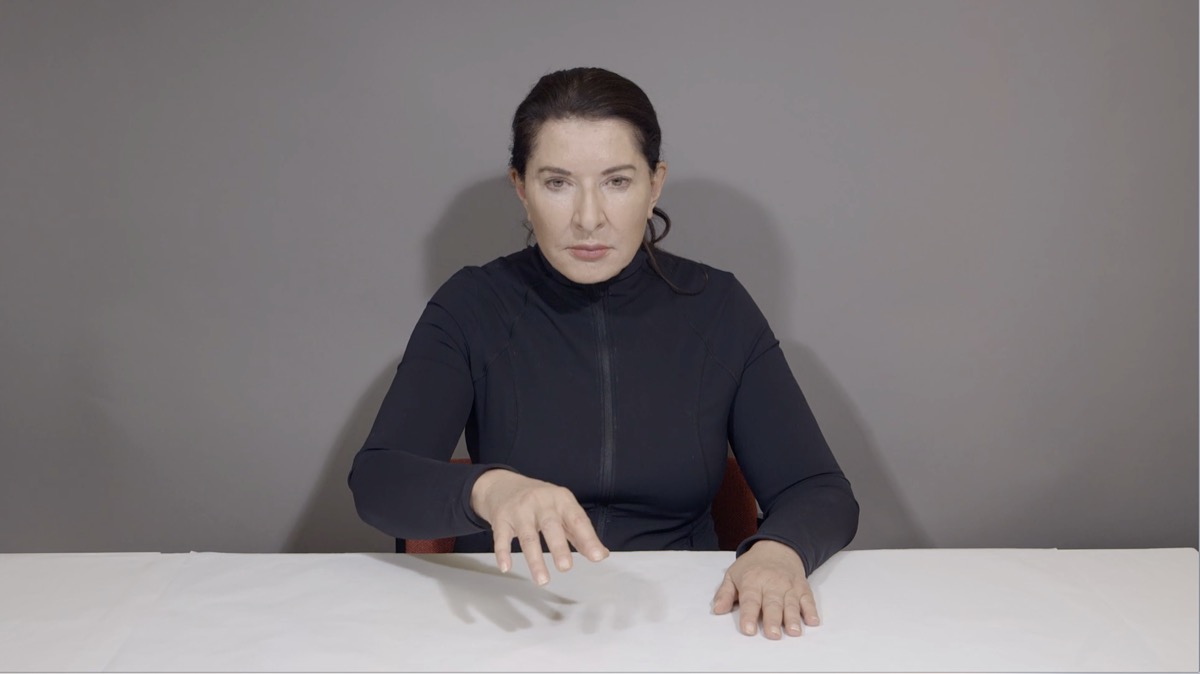
Presence and Absence
A second digital screen in the Museum accompanied the main installation featuring footage of the artist interacting with other objects from the Museum in an additional artwork, 'Presence and Absence'.
Discover some of the stories and information about these objects, as well as highlights of some of the drawings by Marina Abramović, created during her residency at the Museum.
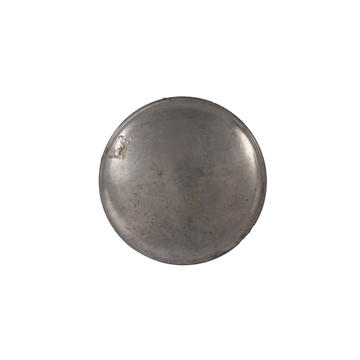
Convex Silvered-Bronze Mirror
Suffolk, England
PRM 1919.33.105
Round metal disks like this, with their polished surfaces, have been used as mirrors over the centuries in many different parts of the world. This one was found in 1895 near a Saxon burial ground, along with two small pots and a bronze plaque. The site was also thought to contain Roman finds.
Mirrors feature prominently in folklore and superstition, including the belief that they are able to reveal the future. The practice of divination through reflection was often linked with witchcraft in medieval Europe. Mirrors were also thought to reflect a person’s soul; a distorted reflection meant a corrupted soul, and those without souls – such as vampires – did not have reflections at all.
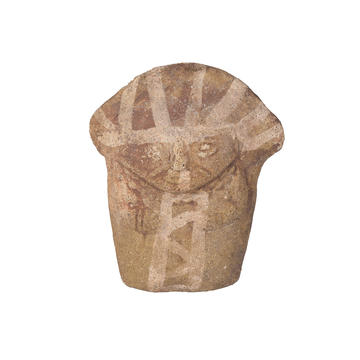
Ceramic Figures
Peru (Pre-Columbian)
PRM 1902.83.1
This ceramic figure is one of a small group of Chancay pottery objects purchased by G. F. Lawrance from an auction house at the turn of the twentieth century. The body of the figure is a simplified rectangular shape, painted with slip decoration and a triangular face with light marks indicating facial features underneath a rounded headdress, hat or hairstyle.
Today, Chancay is a small city in a valley north of Lima, but this item originates from the pre-Columbian Chancay culture that existed sometime between 1000 to 1470 CE and before the Inca Empire expanded into their lands. The ‘hat’ on the figure has some similarities in appearance to the corner pointed hat typical of Wari culture (500–100 AD), suggesting a possible influence from earlier styles and cultural references in the Andes region. Chancay pottery attracted the attention of Western collectors of antiquities before modern law and guidance on the sale and transportation of cultural artefacts, as the spontaneity of their decoration was considered charming. Human figures were often made in male-female pairs and are thought to have been originally dressed in clothing. The function of such ceramic figures is not known, but is has been suggested that they were placed in tombs as companions or guardians of the dead.
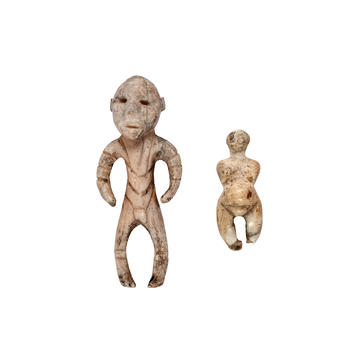
Ivory Figures of a Man and a Woman
Canada
PRM 1924.14.1 and 1924.14.2
These two small ivory figures, thought to represent a man and a woman, were likely to have been taken from ancient grave sites in what is now known as Southampton Island or Shugliaq (in Inuktitut), part of the Kivalliq region in Nunavut, in Hudson Bay, northeast Canada. They are thought to be of Palaeolithic origin, from a people known in archaeological research as the ‘Dorset Culture’, who are thought to have been in the area from 500 BCE to between 1000 CE and 1500 CE, preceding the Thule people (proto-Inuit) in the North American Arctic. Some Inuit legends recount an ancient people called the Tuniit, who are described as shy giants with extraordinary strength.
The figure thought to represent a man stands tall, as if with his shoulders back and arms held at the sides, and arms and legs slightly bowed. A pair of eyes, a mouth and ears have been carved to create a face. The smaller second figure, perhaps of a woman, appears worn and has no obvious facial features or arms. The stomach is rounded suggesting pregnancy and an association with fertility. The feet appear broken, below the circular aperture used to carve her legs, leading to suggestions that the feet were carved as joined, and that this was worn as pendant, hung in an inverted posture, perhaps in remembrance of a person. Similar ivory figures from this area of the world and across the Arctic regions, were fashioned into pendants and used in this way.
These objects arrived at the museum via the British Captain Henry Toke Munn (1864–1952), who travelled to Canada aged twenty-two to work as a farmer and horse breeder before joining the Yukon gold rush. Munn founded the Arctic Gold Exploration Syndicate, which was later sold to Hudson’s Bay Company.

Drum
Greenland
PRM 1954.9.163
This drum is made from a single membrane of animal skin, stretched across a narrow wooden hoop and with a handle of walrus ivory. Records suggest it was played by beating against the lower border of the hoop, rather than against the membrane itself. Drums are familiar objects across the Arctic region, used as part of the fabric of social life in celebrations, storytelling and entertainment, but also strongly associated with shamanic practices, communicating with the spirits and facilitating trances. The power of the drum and its association with shamanism meant that drums were forbidden by missionaries and colonizing communities in the nineteenth century and onwards. However, many songs from the region have survived and are still performed.
Today, the logo of the National Library of Greenland shows a person holding a drum, illustrating the generational transmission of oral histories in Inuit culture through songs accompanied by the rhythm of a beating drum. Courtrooms in Greenland have also been known to have drums on display in reference to their historic role in settling disputes through song duels.
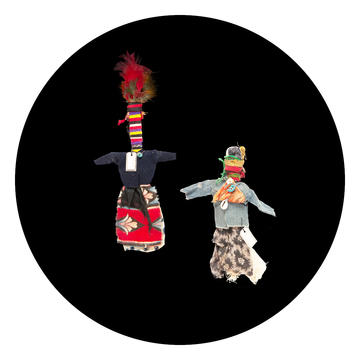
Fertility Dolls
Syria
PRM 1912.22.2 and 1912.22.3
These two figures fashioned from sticks and fabric, and possibly representing a male and a female, were collected around the city of Jarablus in northern Syria in the early twentieth century. They were recorded as being hung in fields as charms to promote the fertility of crops.
One figure wears a black and red outfit, with the face and head created from different coloured wools and a tuft of red and yellow feathers placed at the top. The second doll wears a blue top with a patterned fabric wrapped like a skirt below. It also features a cowrie shell (sometimes associated with female symbolism) and half a blue bead has been hung around the neck.
Lying on the western bank of the Euphrates river, near the border with Türkiye, Jarabus is close to the ancient ruins of Carchemish, a site mentioned in Assyrian and Biblical texts that began attracting archaeological attention in the late nineteenth century. The person who gave these fertility dolls to the museum in 1911, D. G. Hogarth, was an archaeologist and curator at the Ashmolean Museum in Oxford from 1909 to 1927. He had been directing excavations at Carchemish, with a team from the British Museum, between 1911 and 1914.

USB Memory Stick
Excavated from a school playing field in Hendon, north London, England
PRM 2016.47.1
We are actively creating archaeology every day. This USB stick was donated to the museum by the archaeologist Gabriel Moshenska in 2016. Dating from the twenty-first century, like many other (and perhaps older) archaeological objects, this memory stick helps provide a snapshot of individual lives and cultural practices at a point in time. After being unearthed, the memory stick was found to contain digital music files of songs by Amy Winehouse, Rick Ross, Akon, Jassi Sidhu and Chris Brown; video (MPEG) files of a Bhangra dance group called ‘Signature’ performing on a popular TV talent show; and content from adult websites. With the continuous development of contemporary digital technologies and their obsolescence, if this object had remained in the ground and was only discovered in two hundred years’ time, would we still be able to access the data stored on it to give us that snapshot?
Follow the artist’s path through the displays to encounter some of the objects that attracted her attention.
Five pink QR codes were positioned in display cases around the installation during the exhibition, to help locate the seven items within the dense displays and linking to the content below.
This map and locations were correct at time of the exhibition April 2022 – June 2023, but displays may be updated and the marked trail is no longer visible and the main installation exhibit is no longer on display.
